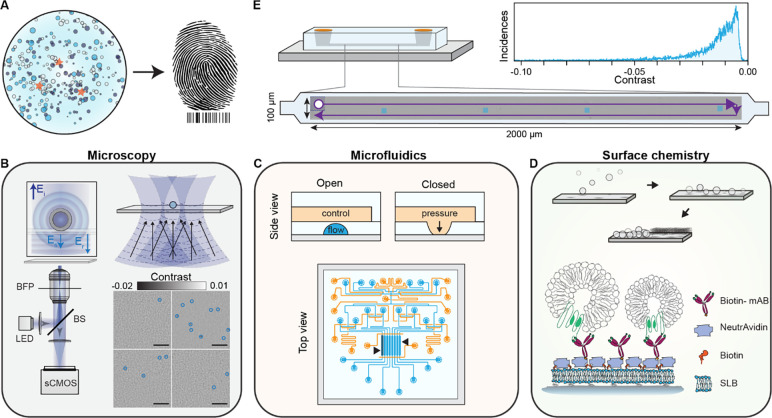Fig. 1. Concept and workflow of the label-free optofluidic platform.
(A) Conceptual illustration of the aim of the platform. The platform is based on three main toolboxes. (B) Microscopy toolbox: schematic of the optical system for large FOV imaging with single particle sensitivity based on spatially incoherent inline holography in a reflection geometry together with four representative zoomed-in images with diffraction limited spots identified with blue circles. Inset: the working principle relies on detecting the interference between the weakly scattered light from the sample, Es, and the reflection from the substrate/water interface, Er. Scale bars: 5 μm. (C) Microfluidic toolbox: representative two-layer microfluidic chip design composed of a network of valves (orange) and flow channels (blue). The black arrows highlight the section of independently addressable channels used for sensing. (D) Surface chemistry toolbox: schematic representation of the in-chip functionalisation scheme based on SLB formation by liposome fusion, which acts as the building block for the immunoaffinity pull-down assays. (E) Workflow of the platform: representative experimental image scan of a sensing channel obtained by stitching multiple fields-of-view together with the resulting contrast distribution of all localised single particles. The scattering contrast signals are retrieved upon localising all the diffraction-limited spots above a signal-to-noise ratio (SNR) threshold, an example shown in (B).

